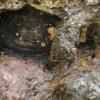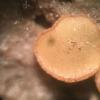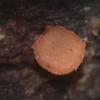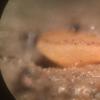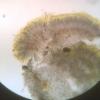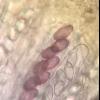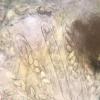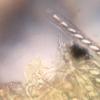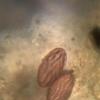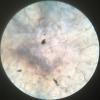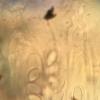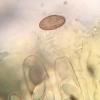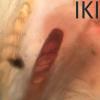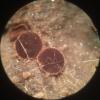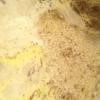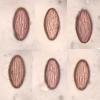
10-01-2026 01:18
 Danny Newman
Danny Newman
cf. Neovaginatispora fuckelii on indet. shrub Pre

07-01-2026 10:24
 Danny Newman
Danny Newman
Pezicula sp. on indet. hardwood Appalachian Highl

09-01-2026 17:41
Arnold BüschlenHallo, F. dilatata wird von vielen Bryoparasiten

09-01-2026 10:08
 Blasco Rafael
Blasco Rafael
Hola, en el mismo habitat que la anteriorRetamaDia

08-01-2026 21:22
 Blasco Rafael
Blasco Rafael
Hola, He recogido esta muestra de Orbilia sobre Re

07-01-2026 22:22
 Danny Newman
Danny Newman
Tatraea sp. on indet. hardwood The Swag, Great Sm

07-01-2026 17:29
 Marc Detollenaere
Marc Detollenaere
Dear Forum,On a barkless Populus I found some smal

10-11-2021 17:33
 Riet van Oosten
Riet van Oosten
Add-on topic http://www.ascofrance.com/forum/7059

07-01-2026 10:05
 Danny Newman
Danny Newman
cf. Chaetospermum on XylariaCosby Campground, Grea
Ascobolus on raccoon droppings
Ethan Crenson,
20-05-2019 22:07
Jacky Launoy,
21-05-2019 09:35
Re : Ascobolus on raccoon droppings
It looks like Ascobolus michaudii
Ethan Crenson,
22-05-2019 21:32
Re : Ascobolus on raccoon droppings
Thank you, Jacky. I am having some difficulty understanding the finer points differentiating A. lignatilis, foliicola, furfuraceus, michaudii. In another post on the topic on this forum François Valade comments that the brown walled excipulum cells (in michaudii & lignatilis) vs. hyaline or yellow cells (in foliicola)--but I'm not sure I'm translating these concepts properly. At any rate I have made more images, including more mature apothecia, mature spores and excipulum. Spores at maturity seem to be quite reliably 16-18 x 9µm, brown, with some branching grooves--even some that connect laterally. Q=1.93 The apothecia only reach 3-4 mm in diameter. Perhaps there is more detail here that could confirm A. michaud?

